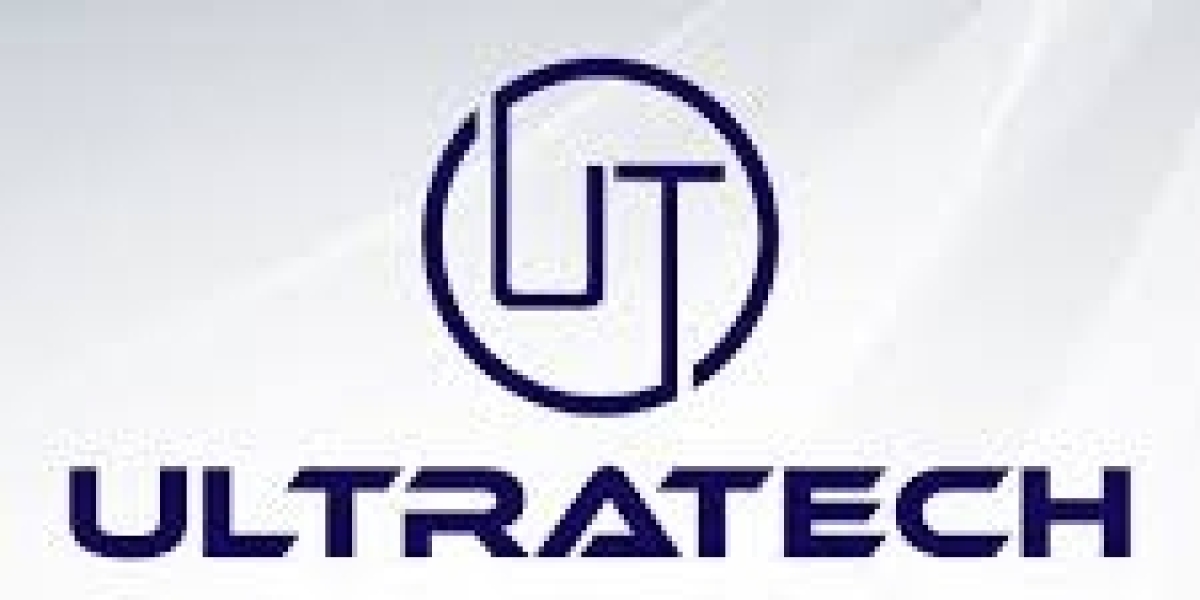Deep Dive into the Profit First Philosophy
At its core, the Profit First methodology revolutionizes traditional accounting by emphasizing profit as a priority rather than a residual. Instead of calculating profit after expenses, Profit First requires you to allocate a portion of your income to profit first and then manage expenses within the remaining funds. This paradigm shift ensures that profit is systematically built into your financial framework, fostering a disciplined and resilient financial strategy.
Advanced Implementation of Profit First in Personal Finances
1. Develop a Strategic Multi-Account Framework
The essence of Profit First lies in the effective segmentation of your finances. Beyond the basic account types, consider implementing additional accounts to capture more granular financial goals:
- Profit Account: Allocate a percentage of your income here to build financial reserves and reward yourself.
- Operational Expenses Account: For everyday expenditures, including discretionary spending and recurring bills.
- Short-Term Savings Account: Reserve funds for imminent financial goals, such as vacations or large purchases, with a focus on shorter time horizons.
- Long-Term Investment Account: For investing in stocks, bonds, real estate, or other assets that appreciate over time.
- Tax Reserve Account: Set aside funds specifically for tax liabilities, which can help mitigate the impact of large tax bills.
2. Advanced Allocation Strategies
To optimize your financial strategy, employ advanced allocation techniques:
- Variable Allocation Adjustments: Depending on income fluctuations and financial goals, adjust your allocation percentages dynamically. For example, during high-income periods, increase the percentage allocated to your Profit and Investment Accounts.
- Expense Forecasting: Use historical data and predictive analytics to forecast future expenses and adjust your Expense Account allocations accordingly.
- Profit Optimization: Experiment with different profit allocation percentages to find the optimal balance that maximizes both savings and discretionary spending.
3. Implement Automation and Integration
Automation streamlines financial management and ensures consistency. Set up automated transfers for each account based on your income schedule:
- Income Allocation Automation: Configure automatic transfers from your main account to your Profit, Expenses, Savings, and Tax Accounts.
- Expense Tracking Integration: Utilize financial management software or apps that integrate with your bank accounts to track expenses in real time and ensure adherence to budgetary limits.
- Investment Contributions: Automate regular contributions to your investment accounts to take advantage of dollar-cost averaging and compound growth.
4. Enhanced Monitoring and Financial Analytics
Regularly reviewing and analyzing your financial data is crucial for optimizing the Profit First methodology:
- Monthly Financial Reviews: Conduct comprehensive monthly reviews of all accounts to assess performance, adjust allocations, and ensure alignment with financial goals.
- Financial KPIs: Track key performance indicators (KPIs) such as savings rate, profit margin, and investment growth to gauge the effectiveness of your financial strategy.
- Scenario Planning: Engage in scenario planning to prepare for various financial situations, such as economic downturns or unexpected expenses.
5. Strategic Use of Profit
The strategic utilization of profit can significantly impact your overall financial health:
- Debt Repayment Acceleration: Use profit to aggressively pay down high-interest debt, which can improve your financial stability and reduce interest expenses.
- Investment in Growth Opportunities: Allocate profits towards high-potential investments or entrepreneurial ventures that align with your long-term financial goals.
- Personal Development: Invest in skills, education, or professional development that can enhance your earning potential and long-term financial success.
Benefits of Advanced Profit First Implementation
Implementing the Profit First methodology at an advanced level offers numerous benefits:
- Increased Financial Agility: Advanced strategies provide greater flexibility to respond to financial changes and opportunities.
- Enhanced Profitability: By fine-tuning allocations and automating processes, you can maximize profitability and optimize resource management.
- Comprehensive Financial Control: A multi-account framework and detailed monitoring provide a holistic view of your financial health, leading to more informed decision-making.
Further Learning and Resources
To deepen your expertise in personal finance and advanced financial strategies, explore these resources:
- Personal Finances: The Basics for Young Adults – An essential course for building a solid foundation in financial literacy and management.
- Transforming Your Financial Health with Profit First - A detailed guide on implementing the Profit First methodology to enhance your personal financial strategy.
By mastering the advanced aspects of the Profit First methodology, you can transform your approach to personal finance, achieve greater financial security, and work towards achieving your long-term financial aspirations.









